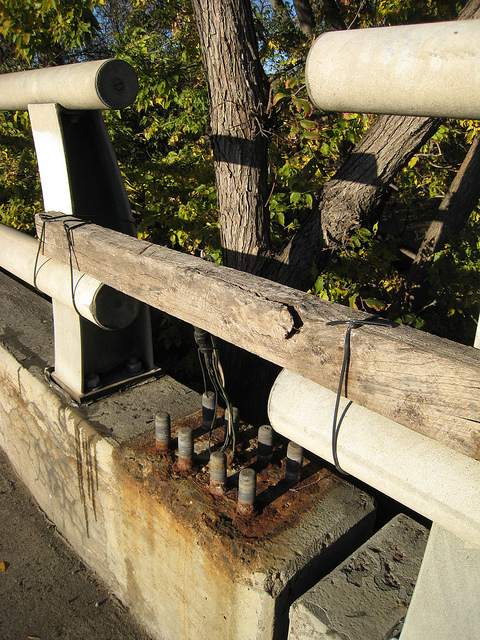It seems as though the freezing temperatures are finally a thing of the past! We've actually had snow in April for the last few weeks, but Michiganders are all preparing themselves for some warm weather that’s headed this way. The warm weather comes with a cost though: Potholes. Potholes are nothing new to Michigan residents, but drivers everywhere are dreading popping a tire or wrecking their car's suspension on the pockmarked roads this Spring.
The Michigan Department of Transportation (MDOT) says, "Potholes are created when snow and ice melt as part of Michigan's seasonal freeze-thaw cycles. Moisture seeps into the pavement, freezes, expands and thaws, creating a gap in the pavement. As vehicles drive over the gap, the pavement weakens leading to a pothole." While trying to avoid potholes is a good idea to prevent vehicle damage, dodging all the potholes like your racing your friend in Mario Kart isn’t a good idea. Yes, you missed the pothole but you put yourself and other people at risk of getting into a car accident, since swerving erratically may cause you to sideswipe a car! Instead, by following these pothole driving tips by MDOT, you may be able to avoid pothole vehicle damage and car accidents!
Tips For Driving Over Potholes
- Be Vigilant - it's best to avoid hitting potholes whenever possible. That's easier to do if you're driving cautiously, and not tailgating, so you have more time to see and react to any potholes you're approaching.
- Be Cautious Around Puddles - they could be potholes filled with water. Since water is a critical component to forming potholes,
- Slow Down - If you see a pothole ahead and can't safely steer to avoid it, it's best to slow down, then release the brakes before you hit the pothole.
- Vehicle Maintenance Helps - Make sure your tires are properly inflated. Over- or under-inflated tires are worse when they tangle with a pothole.
There are some potholes that are small and can easily be driven over without any damage to your car and there are some that can be very deep and many feet wide. The above pothole tips may help drivers navigate potholes with minimal vehicle damage, but sometimes it's not possible to avoid pothole vehicle damage. The best way to avoid pothole damage to your vehicle may be to avoid experiencing road damage all together! By reporting potholes to MDOT, and because of the recently approved road repair budget, it’s possible that all potholes could be filled this Spring before they cause too much damage to cars and to car owners’ wallets. But, if you do find yourself having to shell out cash to your mechanic because you couldn’t avoid a crater in the road, there may be a possibility that you can be reimbursed by the State of Michigan for pothole vehicle damage. However drivers should keep in mind that, according to The Detroit Free Press, there is a 30-day window, from the time a pothole is reported to when it is fixed, when road commissions and municipal street departments can avoid responsibility for damaged vehicles. The State of Michigan reimbursed only 9 of the 267 pothole claims for $1,000 or less made during fiscal year 2017, according to MDOT, but it still may be worth a shot.
Potholes can be reported on the MDOT website or by calling 888-296-4546.
Every year tons of potholes are filled in hopes of creating safer roads for people to drive on. But potholes are an unavoidable, never ending cycle that reemerge each year, which is why car accidents due to potholes and other types of road damage occur each year too. Road damage accidents not only cause serious damage to vehicles but can also cause serious injury to people. For a free legal consultation with an auto accident attorney regarding road damage car crashes or any type of auto accident, call The Michigan Law Firm, PC at 844.4MI.FIRM for a free consultation.












